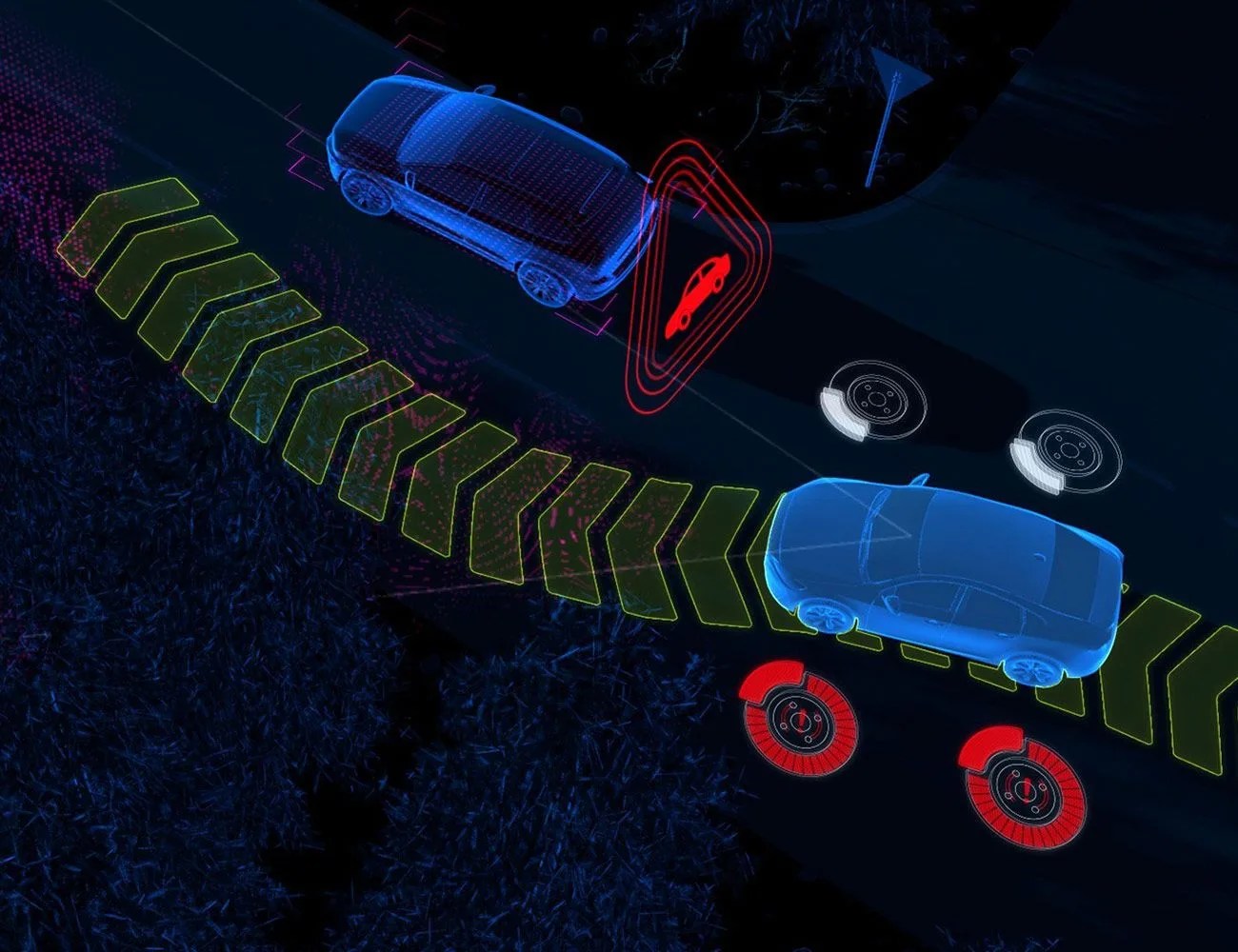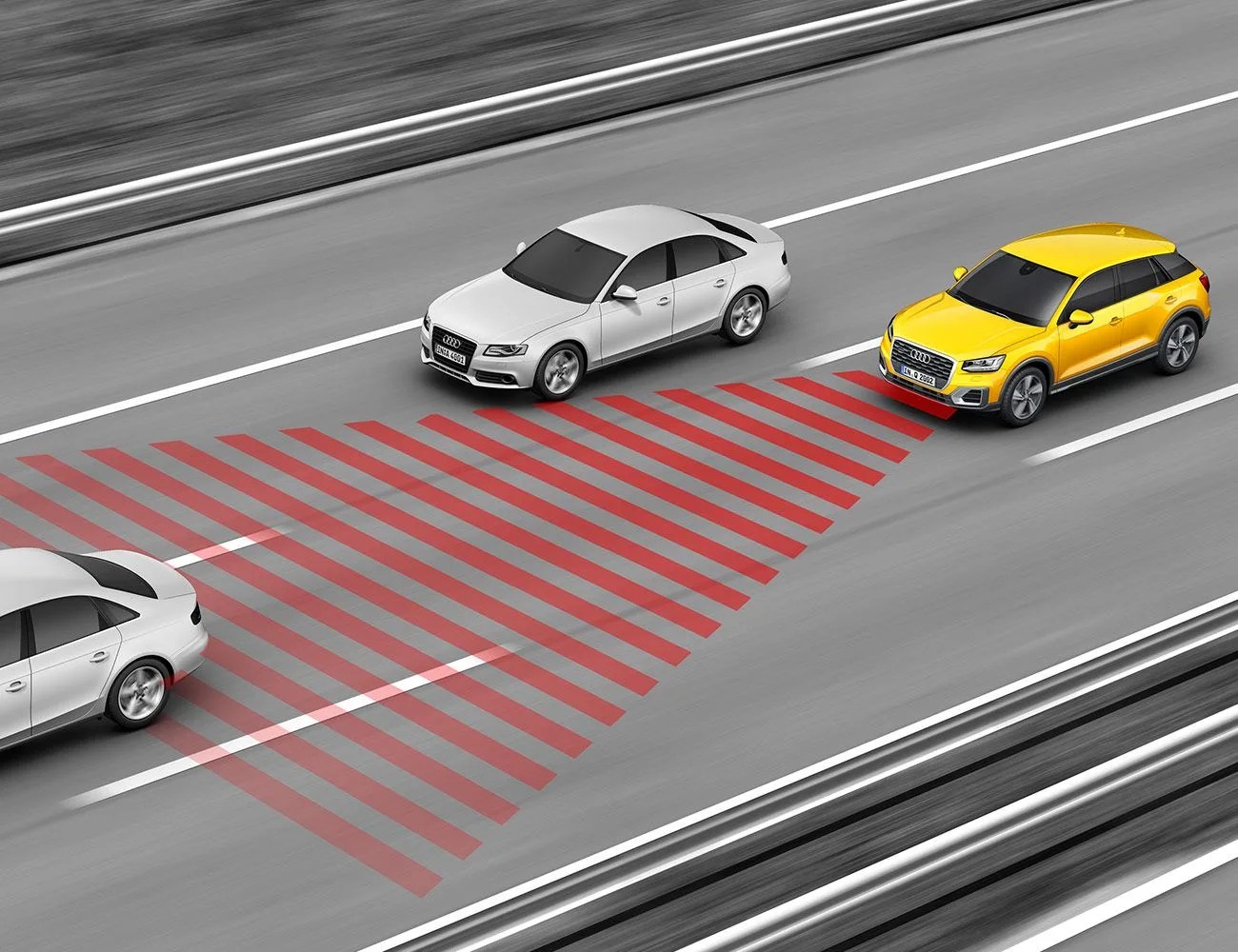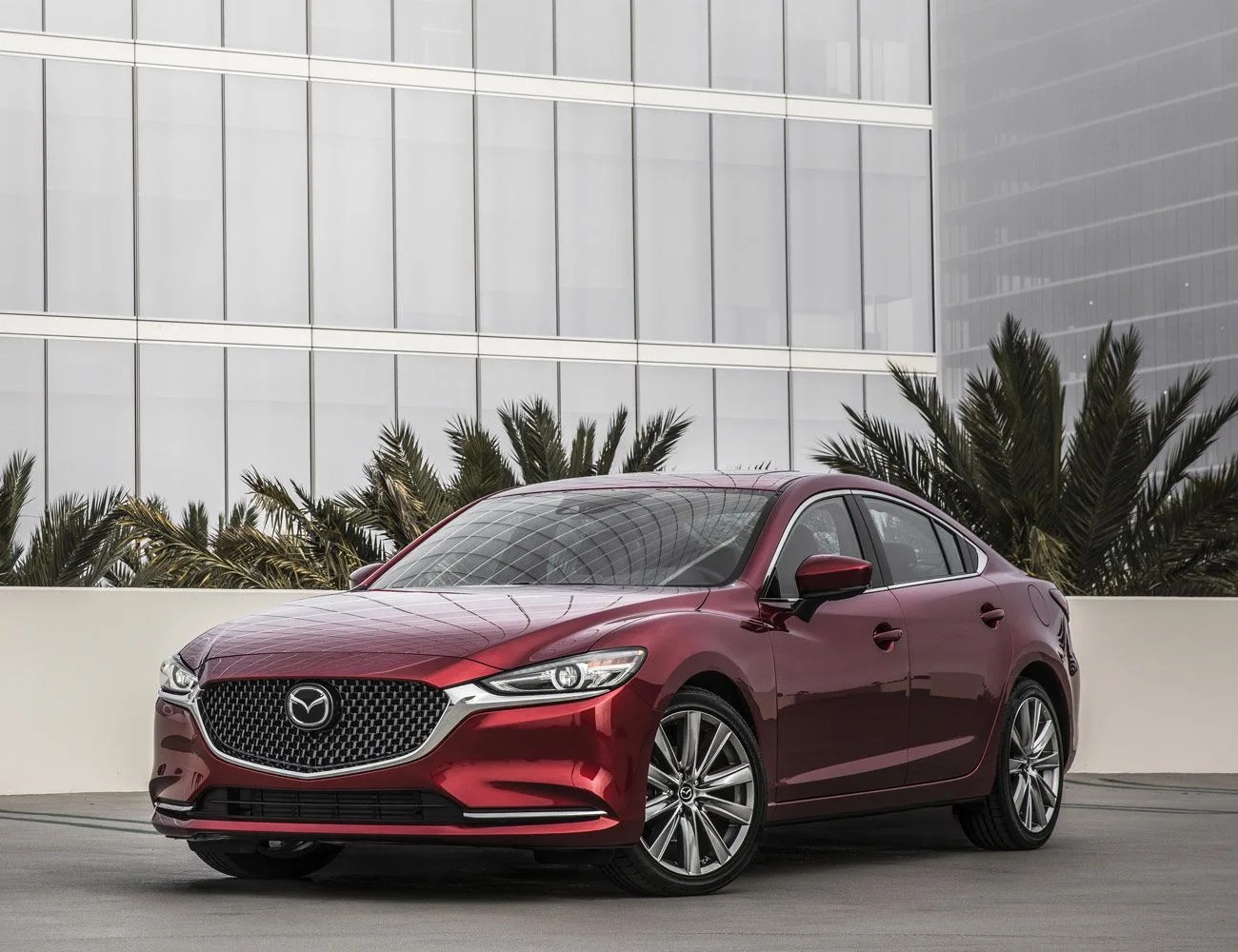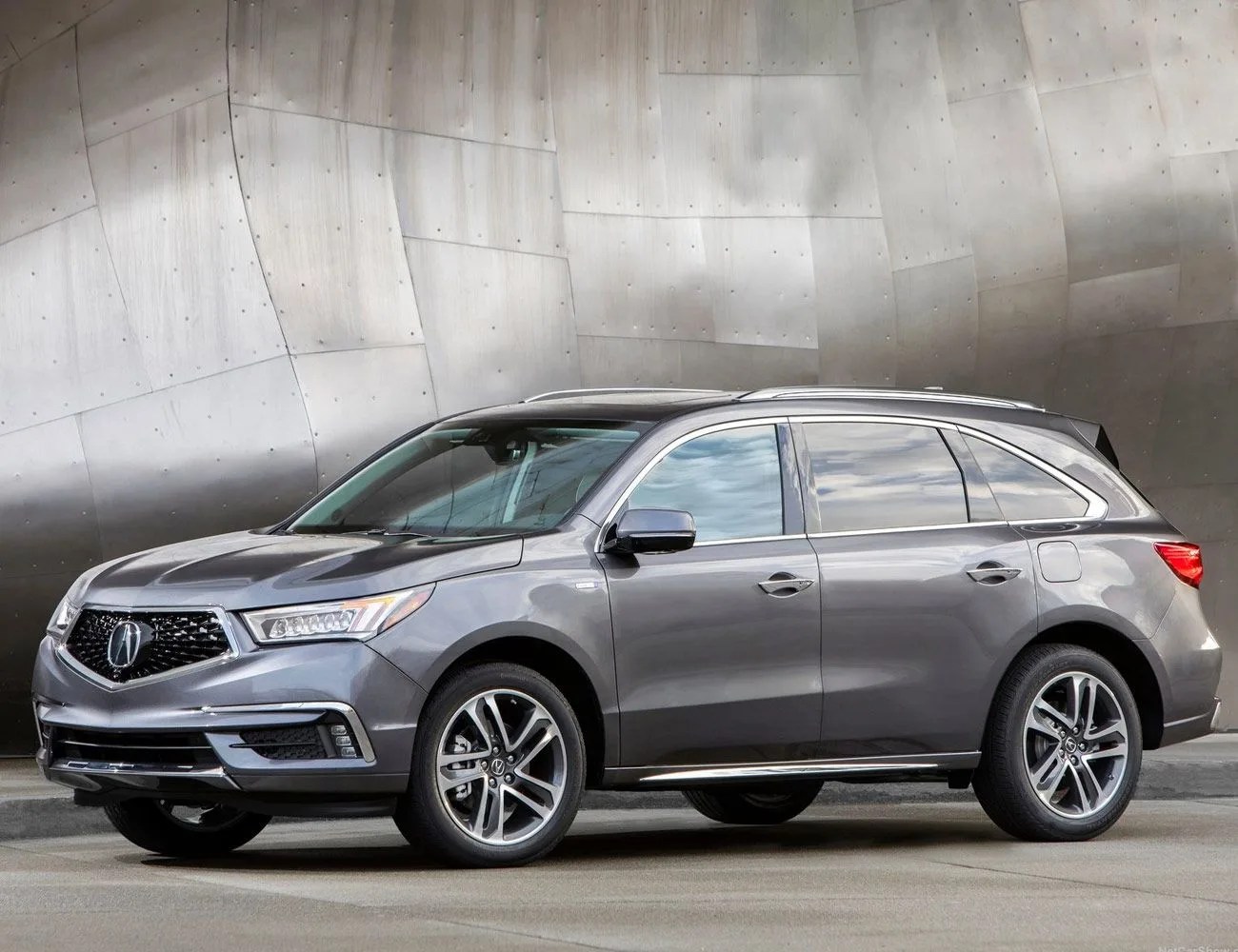The recent evolution of car safety systems has been a fascinating saga. While milestones were continuously achieved throughout the 20th the century — seat belts, crumple zones, anti-lock brakes — the last decade or so that has seen automotive safety cross over from mostly mechanical and electronic to overwhelmingly digital, bringing with it an almost clairvoyant ability to save our bacon when things go sideways, and accelerating in sophistication and capability like a 911 on launch control.
Just a decade ago, for instance, a Mercedes S-Class — the company’s six-figure, mack-daddy flagship sedan — had lane departure warning and blind-spot detection systems that were as vulgar and brutish as a first-gen iPhone’s vibration (while supposedly on “silent”). If you drifted across a solid-yellow or the dotted-white line or attempted to occupy the same space as that poor old Camry beside you, the car would shimmy and shake with a loud grinding noise and a flashing light as the wheel quivered in your hands. Now, the current S-Class delivers a subtle, dainty nudge with a perfectly tuned vibration and a soft hint of illumination in the side mirror to alert you that you may wish to pay slightly better attention.
As such, systems were honed and others materialized to help further populate company brochures with acronyms and variations of the same features. Thanks to the inclusion of radar, sonar, cameras, accelerometers and other sensors in the car, we now have obstacle detection, automatic emergency braking, pedestrian detection, rear cross-traffic alerts, lane centering, forward collision warnings, adaptive cruise control, adaptive headlights and other increasingly esoteric tech. (Left-turn crash avoidance!) Hell, you can even consider the flip-up rear spoiler that helps the $3 million Bugatti Chiron scrub off speed while braking down from 261 mph to be a safety feature.
Much of this, of course, is part of the industry-wide run-up to semi-autonomous and autonomous driving. The systems that help Tesla’s Autopilot, Cadillac’s Super Cruise and Mercedes’ Drive Pilot systems drive hands-free down the highway and sling themselves around turns all use essentially the same hardware as many of these systems, just more of it — and software, of course, that’s orders of magnitude more capable.
Also, much of this is stuff is wildly expensive. The three semi-autonomous drive systems above come in “technology” packages that include a wider array of features and which range in price between $5,000 and $10,000 — even if the core tech only costs an additional $3,000 to $6,000. But these semi-autonomous systems are also, arguably, more convenience features at the moment, even though they do contribute to safety by reducing fatigue and helping maintain improved situational awareness. Fortunately, while you tend to have to go all-in when upgrading a new car to such top-line systems, you can get many of the more conventional ADAS technologies — that is, advanced driver assistance systems — for much less. Which ones should you zero in on, and what will they cost you?
Buying Advice
Generally, there’s a baseline of safety systems that come included in a car’s standard purchase price, due to federal laws mandating their inclusion: anti-lock brakes, traction and stability control, airbags, and tire pressure monitoring systems. Starting in May of this year, backup cameras will also be required on all new cars. That leaves the more advanced systems — often optional equipment — that you’ll have to put some thought into. Here’s some guidance.
Expert-Recommended Tech
Forward collision warning flashes a warning on the display if the computer thinks you’re at risk of rear-ending another vehicle — though it won’t actually do the braking for you, as pricier systems will.








